My father is a seasoned professional calligrapher with 70 years of experience. He began studying calligraphy (Shodo) during his high school years and continues to teach calligraphy to adults today. In his twenties, he gained notable recognition with entries at Nitten, the most prestigious Japan Fine Arts Exhibition.
He is also an avid collector of calligraphy works and tools, with a particular obsession for inkstones. Until recently, he frequented stores, acquiring as many pieces as his budget allowed. His collection reflects a lifelong pursuit of perfecting inkstick grinding and appreciating the aesthetic beauty of these exquisite tools.
Among his extensive collection of inkstones, one particular piece stands out. This Duan inkstone showcases a vibrant, slightly orange-reddish azuki-iro (red soybean color) hue and a silky-smooth surface adorned with striped patterns, suggesting exposure to river currents. It is evident that this is not just an ordinary Duan stone but a rare and exceptional piece.
With a rough surface on the sides representing the bark of an old plum tree and a carving of plum blossoms at the back, it is a perfect piece for decoration for a special occasion such as a tea ceremony.
 Japanese plum tree (Ume)
Japanese plum tree (Ume)
The inscriptions on the paulownia wood box indicate that this stone was mined from the Laokeng (Old Pit) in Daxidong, a site renowned for producing inkstones revered as the "King of Inkstones" or the "Emperor of Inkstones." Daxidong stones are highly sought after and considered among the most valuable treasures in the world of calligraphy.
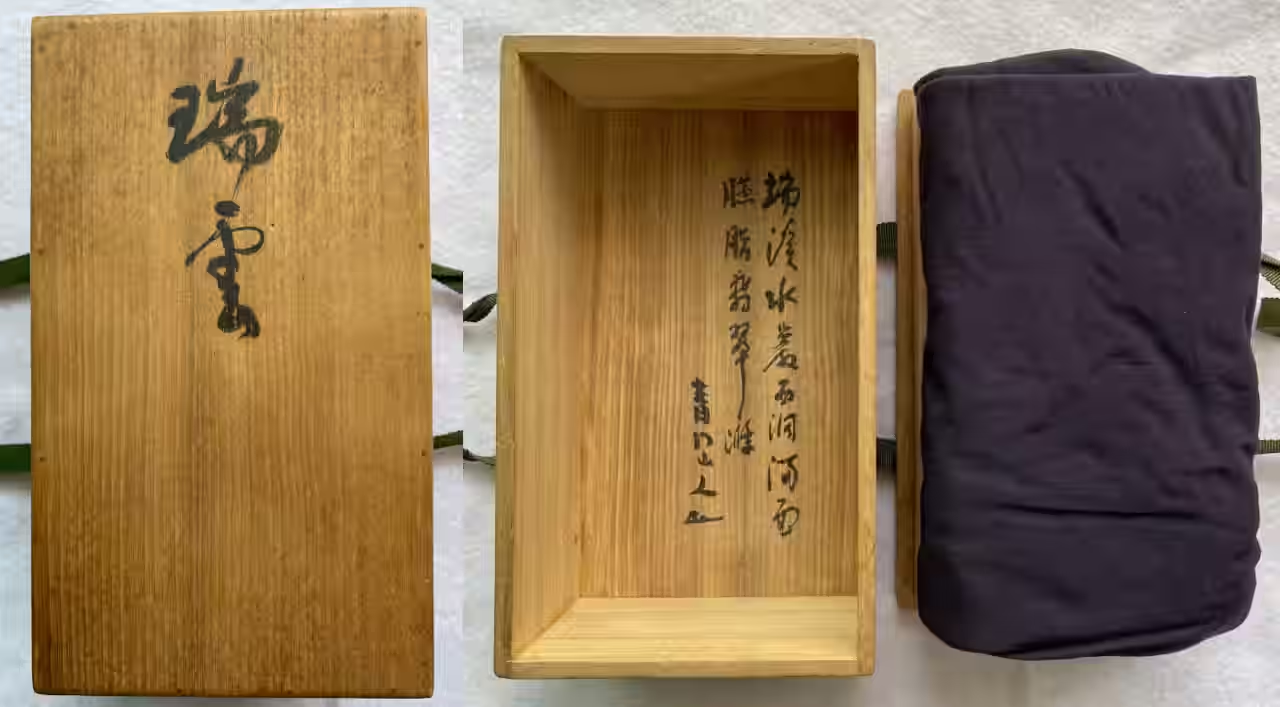
This extraordinary piece, considered the crown jewel of my father’s collection, was sold a few years ago shortly after it was put up for sale. Though parting with it was bittersweet, we are grateful it found a new home where it will continue to be cherished and appreciated.
